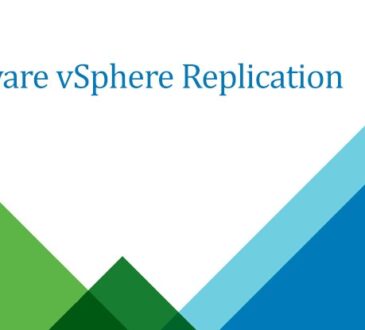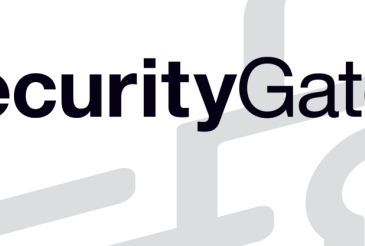Windows Server 2025 LTSC 24H2 Build 26100.3476 March 2025 MSDN

Description
Windows Server 2025 is the upcoming version of Microsoft’s Windows Server operating system, currently available as a preview release. It is offered through Microsoft’s Long-Term Servicing Channel (LTSC), which provides extended support and stability. Initially announced in March 2021, the final release is expected by late 2021, according to the development team.
This version builds upon the core of Windows Server 2022, which itself was an evolution of Windows Server 2019—one of Microsoft’s most successful server platforms in recent years, known for its improved speed and performance over earlier versions. Key features of Windows Server 2025 include a multi-layered security framework, full integration with Microsoft Azure, and a versatile, cloud-ready platform designed for modern IT environments.
Multi-Layer Security System
In today’s digital landscape, cybersecurity threats are rapidly evolving, making robust security a top priority for organizations. Windows Server 2022 addresses these challenges by introducing advanced security features such as Secured-Core Server and Secured Connectivity—both designed to strengthen the system against modern cyber threats.
Secured-Core Server integrates a comprehensive set of security measures spanning hardware, firmware, and the operating system. It leverages the Trusted Platform Module 2.0 (TPM 2.0) and System Guard to ensure a secure boot process, reducing the risk posed by firmware-level vulnerabilities. Additionally, it incorporates virtualization-based security (VBS) features such as Credential Guard and Hypervisor-Protected Code Integrity (HVCI). Credential Guard helps safeguard sensitive data like login credentials by isolating them in a virtualized environment. Meanwhile, HVCI provides protection against sophisticated malware by enforcing memory integrity through hardware-assisted security.
Secured Connectivity focuses on safeguarding data during transmission. Windows Server 2022 supports enhanced HTTPS performance and security, utilizing the latest versions of the protocol to ensure encrypted, reliable communication. Furthermore, Transport Layer Security (TLS) 1.3 is enabled by default, offering improved security and faster encrypted connections.






